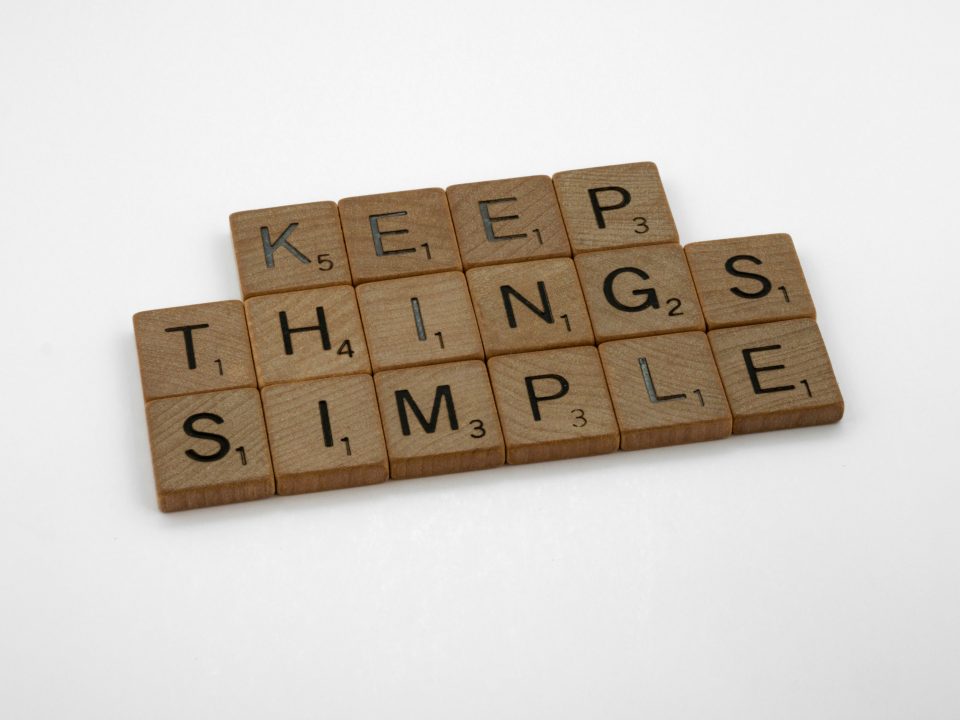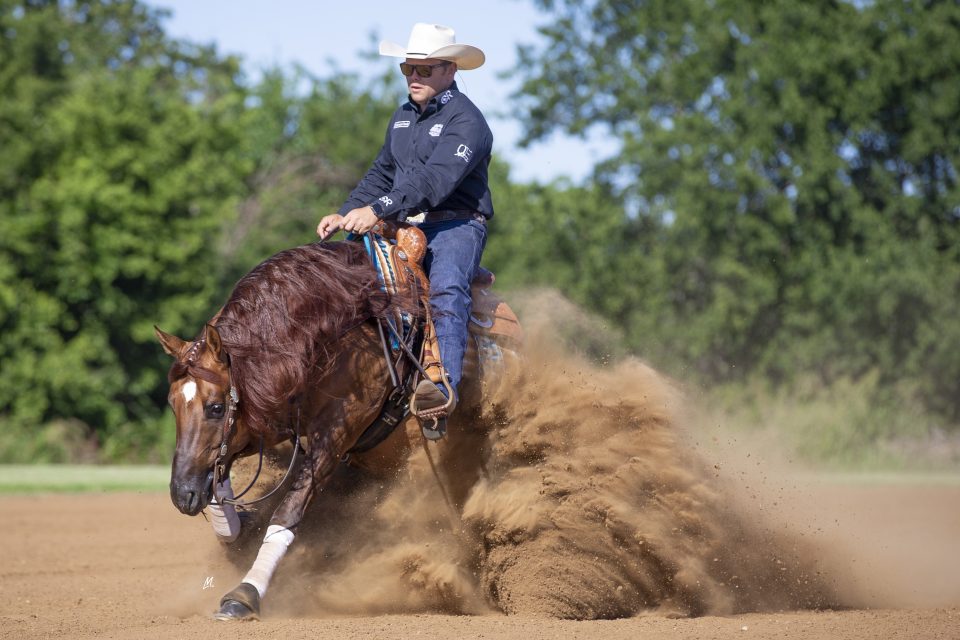A media kit could help boost your business, from gaining customers to partnering with sponsors to becoming a reliable resource.
By Jennifer Paulson
Media kits might be something you associate with big brands, but a personal media kit for yourself and your business could be a game-changer in your efforts to promote your training operation and your brand.
Here, we’ll cover what goes in your media kit and why having one on hand can elevate your brand’s presence, your prominence, and your visibility to potential new customers.
Your Media Kit Checklist
All media kits vary, because they’re so focused on a single business’ goals, but most personal branding kits include the following.
- Contact information. Obviously, this is a critical component and must be kept up to date. Include a phone number where the inquirer can reach you or a business manager, an actively checked email address, and your website and social media handles.
- Your background. Tell your story of how you got to where you are, what inspired you to become an NRHA Professional, other pros who mentored or inspired you along the way, and any personal details that connect you to the person viewing the kit.
- Your services. Detail what your business focuses on—coaching non pros and youth riders, aged events, colt-starting, multi-discipline training, problem-solving, etc. Your mission statement might be a great fit for this portion!
- Links. Your media kit will likely be print and digital, so in the digital version, provide links to articles about your business, features you’ve contributed to, and podcasts you’ve joined. Links help free up space in your kit, so use them.
- Photography and your logo. If you haven’t yet, it’s time to invest in some photography of your facility, yourself at work, and the stock you train. Arena photos serve their purpose, but custom photography allows you to stand out and tell your story. The same goes for your logo—if you haven’t invested in professional logo design, the time is now, and you’ll want to include it in your kit.
- Testimonials. People value reviews, and testimonials are great ways to share your reviews with your potential customer, sponsor, or promoter.
- Accomplishments. Don’t go overboard here, because you can fill pages upon pages with placings at various events. Stick to the major events, lifetime earnings, special awards, and recognition your riders have received.
- Video. If you’ve had a commercial produced for your business, embed it in your digital media kit to increase engagement. To promote the video on your print kit, consider creating a (free) QR code to direct the user to your video online.
- Social media and website stats. If you’re particularly active on social media and get great traffic to your website, include those stats to show your audience engagement and reach.
Why a Media Kit Matters
You might be thinking, “I have a website and social media that feature all of the above-listed items.” If you do, high-five! It’s a great start, and repurposing that information into a media kit will be easy for you. The thing about a personal-brand media kit is it sets you apart from others and is a highly targeted way to gather all the bits and pieces that might be more spread out in your other marketing efforts. Here are six reasons a media kit can elevate your marketing game and help you get closer to your goals.
Complete control. This is your opportunity to tell people who you are in your own words. You can represent your core values that drive your business, in words, photos, and graphics, exactly as you choose.
Time savings. When a potential new sponsor or customer inquire about your business, providing them with a specially tailored media kit can answer a lot of their questions, saving you time on the phone or in person going over the answers.
Custom-tailoring. Once you have your main template constructed, it’s easy to specially tailor a media kit for a specific person or entity. For example, if you’re courting a new sponsor, tailor your messaging to solving their problems and choose testimonials from other sponsors. When it’s for a potential new customer, slant it toward their needs. If they have a youth rider, tailor the content to highlight your experience working with young riders.
Promotion. If you’re just starting out on your own, a media kit can be a great way to introduce yourself to your community. Same if you’ve recently relocated. When a media representative asks you for bio information, you can easily send your media kit so they have all the information you’d like them to share at their fingertips.
Tone-setting. When you present yourself professionally, those around you follow suit, including your help and your customers. Your media kit can nail down some processes of your barn, too, when tailored for potential customers, including basic fees, deadlines, and other expectations.
Confidence- and reputation-building. Just as a professional website builds your brand and your potential customers’ confidence in you, so does your media kit. When you conduct yourself as a professional business person, others take notice and feel comfortable doing business with you.
How-To
Media kits can come in two ways: you invest in yourself and make time to create one, or you hire it out to a trusted professional. Either way, you’ll need to gather all the information and images that will go in the kit and be part of the design process.
If you’re the DIY type, Canva is a great option for developing your media kit. It has predesigned templates to work with that you can customize to work with your branding. Just pop “media kit” into the search bar, and you’ll get access to a variety of templates, both free and paid. It takes time to mess around with the platform and learn how to use it, but in the end, you’ll probably end up with a product you’re proud of.
If time is a premium in your life, hiring professionals could be the best way to go. First, you’ll want to find a writer to put the copy together. Then you’ll find a designer and provide all the materials—copy, images, logos, video. Ask if the designer can share a working template so you can continue to tailor the kit as needed, otherwise you’ll likely face additional fees for changes along the way when you want to update your kit for a particular audience.



